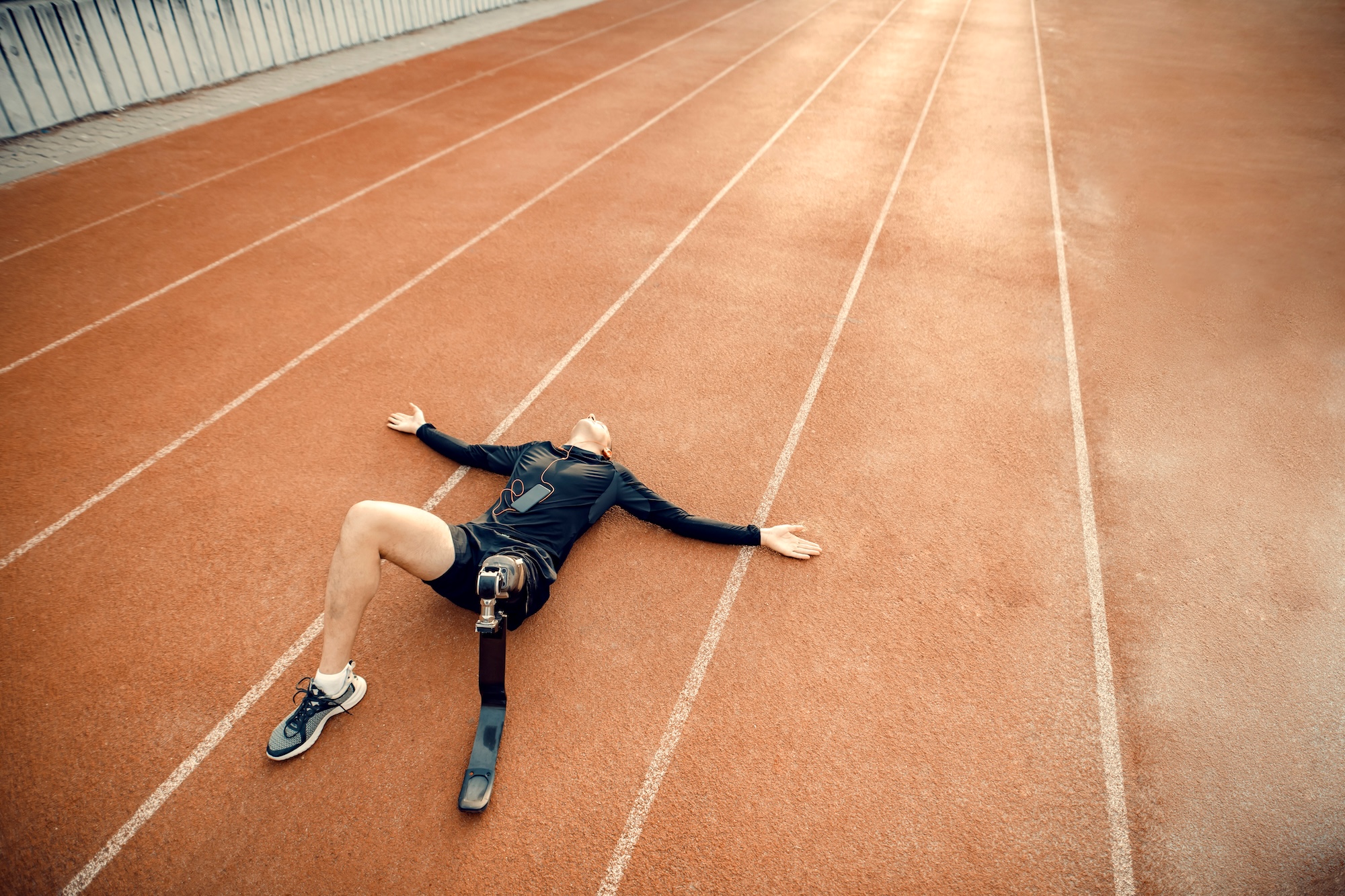There is a fine line that separates optimal training from overtraining, and the dangers of the latter could range anywhere from reversible to fatal
Photos by Nataliya Vaitkevich/Pexels and Ava Sol/Unsplash
We already know the health benefits of an active lifestyle. In a nutshell, it makes us look and feel great inside and out. On the flip side, there is a fine line that separates optimal training from overtraining, and the dangers of the latter could range anywhere from reversible to fatal.
But let’s set aside learning how to train without crossing that proverbial line for now and save it for another article. Instead, allow me to focus on how overtraining or excessive exercise affects women and their reproductive health, particularly their menstrual cycles.
Amenorrhea
A common red flag among female athletes who have gone too far with training is amenorrhea or the cessation of menstruation. Studies have shown that subclinical menstrual disorders, which were detected only by measuring hormone concentrations, were found to be extremely common among long distance runners, even reaching as much 80 percent of all athletes in one study.
But the problem with amenorrhea specifically is that it results in decreased estrogen production, which, among other symptoms, increases the rate of bone absorption. This leads to decreased calcium and bone mass, thereby increasing the risk for fractures. To make matters worse, bone loss over time tends to become irreversible and those stress fractures eventually manifest themselves as osteoporosis later on.
Studies have shown that subclinical menstrual disorders, which were detected only by measuring hormone concentrations, were found to be extremely common among long distance runners, even reaching as much 80 percent of all athletes in one study
Interestingly, studies have shown that exercise itself has no suppressive effect on reproductive function. What’s actually happening is that when a female athlete takes her training to the extreme while at the same time restricting her caloric intake (intentionally or otherwise), the energy cost of training, on top of all other sources of physical and psychological stress happening in her life, becomes greater than the available energy needed to perform normal physiological functions like respiration, digestion, reproduction, and movement.
When this happens, it creates a domino effect of negative hormonal responses associated with a syndrome known as the female athlete triad—a three-faceted condition characterized by 1) low energy availability; 2) menstrual dysfunction; and 3) loss of bone mineral density. If you think you might be suffering from this condition or you know someone who might be, here are some telltale signs you should watch out for:
- Unusual high fatigue level
- Weight loss
- Stress fractures
- Chronic injury
- Absence of normal menstruation
- Chronic fasting or limited food intake
- Sensitivity to cold
- Mood swings or changes
- Obsessive thoughts about food
- Dissatisfaction with body image
Anovulation
Another cause for concern among female athletes is the lack of ovulation. Unfortunately, this problem is less obvious because women can menstruate even when they are not ovulating. Many women go through anovulatory cycles without them even knowing and the only time they realize something is wrong is after several failed attempts at trying to conceive.
Whereas amenorrhea leads to decreased estrogen production, anovulation can signal a decrease in progesterone production. This progesterone deficiency can lead to a host of issues such as thinning or over-thickening of the uterine lining, which can put a woman at risk for endometrial cancer. It can also decrease a woman’s chances of getting pregnant naturally.
The race to make weight

In most cases, menstrual irregularities can be resolved through lifestyle and diet changes. If low body weight and excessive exercise are the causes, increasing dietary intake and reducing exercise energy expenditure may be enough to restart menstruation or ovulation. But more often than not, this is easier said than done for competitive female athletes as well as women who exercise to maintain a certain weight that’s ideal for them.
For endurance sports like cycling, running, and triathlon, being lighter has its advantages. And it doesn’t help that we live in a society where weight loss or maintaining a certain weight is complimented and encouraged.
Studies have shown that although both genders are at risk for low energy availability due to this “aiming for race weight” mentality, there is a greater incidence of disordered eating in the female athlete population, ranging from 28 to 62 percent. Worldwide, twice as many young women as young men (at every segment of the body mass index) perceive themselves to be overweight. So it comes as no surprise that there are more women actively trying to lose weight than men.
Worldwide, twice as many young women as young men (at every segment of the body mass index) perceive themselves to be overweight so it’s no surprise there are more women actively trying to lose weight than men
Road to recovery
It is important to note that for any menstrual dysfunction, active women should not be quick to assume that their menstrual problems are due to exercise. Anyone who experiences irregular periods should schedule a visit with a gynecologist to identify the cause and treatment that cutting back on exercise may simply not resolve. If you, or any female you know, are experiencing menstrual problems, consider these steps toward getting your monthly cycle back on track:
- Track your periods by taking note of the first day of your menstrual cycle, how many days you are actually bleeding, the strength of your flow (measured by the amount of feminine hygiene products used per day), and accompanying symptoms throughout your cycle.
- Evaluate your diet and make sure you are getting all the calories and nutrients you need to support your training or exercise routine. Women should be mindful about getting adequate calcium, protein, and fat. A condensation of research has come up with the recommendation that physically active women should have an energy availability of 188kJ (45 kilocalories)/kg/fat free mass/day to ensure adequate energy for all physiological function. For a 52-kilogram woman with 22 percent body fat, that translates to 1,825.2 kilocalories per day. Even if your goal is to lose weight, work with a nutritionist to help you approach it with a planned, periodized nutrition strategy, especially for those training for competition.
- See a gynecologist to rule out possible non-exercise-related causes and whether or not hormone replacement therapy is needed.
- Evaluate your training and make sure you are getting enough rest and recovery. Watch out for other signs of overtraining such as slowing times, mood disturbances, trouble sleeping, and weight fluctuation.
Remember, you are a female first before you are a female athlete. No amount of athletic advantage or peer praise is justifiable enough to exercise more and restrict calories at the expense of your reproductive health. Thankfully, more and more strong, female role models are proving that “strong is the new skinny” and that strength is more important than weight.
Hopefully, this helps more women celebrate the strong bodies they were born with and encourage healthy exercise and eating habits that not only improve performance but support female physiology as well.
Have some female-specific training questions, feedback, or suggestions for future articles? Please feel free to drop me a note on the comments section below or on any of our social media platforms. You can also email me directly at fitplusacademy@gmail.com.










































